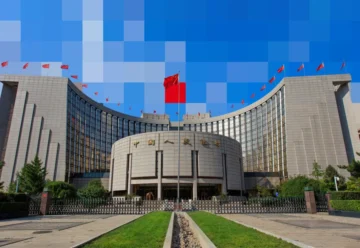New Interoperability Standard for L2 Networks Developed

Uniswap Labs and Across Protocol teams proposed a new standard to simplify Ethereum’s Layer 2 protocol interoperability for cross-chain transactions.
DeFi protocol developers Uniswap and Across proposed a new industry standard, ERC-7683, to enable cross-chain interoperability within the Ethereum ecosystem. The initiative is designed to improve interoperability between different L2 protocols, creating a unified infrastructure for cross-chain transactions.
The standard is based on the concept of “intents,” a new approach to user interaction with decentralized applications (dApps). Instead of specifying exact actions a user wants to perform, it’s sufficient to indicate the general goal or desired outcome. For example, within this concept, a user might specify that they want to exchange one token for another or move assets between networks, and the system determines the best way to accomplish this. Users don’t need to understand the technical details and complex operational processes, only the end result they want. The concept reduces the likelihood of errors and facilitates interaction with dApps, while abstracting from the specifics of each individual network.
At the core of ERC-7683 is the CrossChainOrder structure, a standard data type used in cross-chain interoperability systems to describe transaction orders between different blockchain networks. It includes key parameters, namely:
- settlementContract — the address of the smart contract that will handle the order execution;
- swapper — the address of the user initiating the swap;
- nonce — a unique number to protect against the order re-execution;
- originChainId — the identifier of the network where the order is initiated;
- initiateDeadline — the deadline by which the order must be initiated;
- fillDeadline — the deadline by which the order must be filled in the target network;
- orderData — arbitrary data specific to the order realization.
This structure allows the creation of custom sub-types containing information about tokens, amounts, target network identifiers, and other parameters.
According to the developers, creating the new standard is driven by the need to improve user experience in cross-chain interactions. Current systems face problems with liquidity shortage and the difficulty of maintaining active relayer and filler networks. The ERC-7683 standard addresses these issues by enabling systems to share infrastructure, such as order dissemination services and filler networks, which increases competition and reduces user costs. Implementing the ERC-7683 standard will create a more integrated and accessible ecosystem for all market participants, lowering entry barriers and improving interoperability between different blockchain networks.
Recently, Vitalik Buterin, Co-Founder of Ethereum, expressed the opinion that the Ethereum ecosystem needs a unified, fully decentralized protocol to ensure interaction between L2 networks at different levels.











